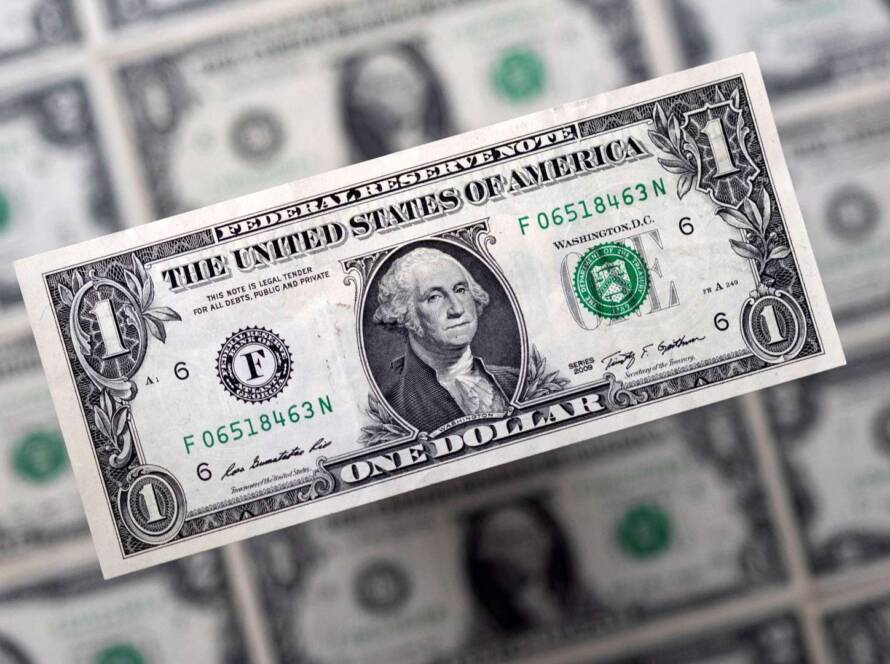As the trading week draws to a close, gold prices have shown signs of easing, with the XAU/USD pair declining on Friday. This shift reflects a broader sentiment among investors who appear to be redistributing their focus away from the precious metal. With economic indicators fluctuating and market uncertainties lingering, traders are reassessing their strategies amid a backdrop of rising interest rates and a strengthening dollar. As gold’s allure as a safe-haven asset wanes, experts weigh in on potential factors influencing the market dynamics and offer insights into what future price movements might look like. In this article, we explore the latest trends in gold pricing, the underlying economic catalysts, and the outlook for investors navigating the increasingly complex landscape of precious metals.
Economic Indicators Contributing to Gold’s Decline
The recent downturn in the price of gold can be largely attributed to a mix of economic conditions. Rising interest rates have made fixed-income investments more attractive, drawing investors away from non-yielding assets like gold. As economies reopen post-pandemic, inflation concerns have also led to tighter monetary policies globally.
- Increase in US Treasury yields making bonds more appealing.
- Inflationary pressures prompting aggressive central bank policies.
Impact of US Dollar Strength on Gold Valuation
The US dollar’s appreciation has put additional pressure on gold prices. As a safe-haven currency, the dollar’s strength is often inversely related to gold’s valuation. A robust dollar makes gold more expensive for foreign investors, reducing its allure compared to other assets.
Analysis of Global Events Influencing Gold Prices
Geopolitical tensions and economic shifts across the globe also play a crucial role in gold’s valuation. Recent developments include trade agreements reshaping global markets and political unrest causing heightened volatility.
- Trade deals impacting gold’s demand in emerging markets.
- Unsettled political environments leading to market unpredictability.
Investor Sentiment Shifts Focus away from Gold
Market participants are gravitating towards other investment opportunities, such as cryptocurrencies and technology stocks. This pivot is driven by the quicker,potentially larger returns offered by thes sectors compared to traditional metal investments.
Technical Analysis of Current Gold Price Movements
Technical charts depict a declining trend, with gold prices breaching key support levels.Analysts suggest a consolidation phase as traders digest recent market activities.
Comparative Analysis with Choice Investment Avenues
While gold remains a classic investment choice, diversification into sectors such as technology and renewable energy is becoming increasingly popular. Comparing returns, these sectors have recently surpassed gold in both yield and growth potential.
Expectations for gold Prices in the Coming Weeks
- Analysts predict a modest recovery if support levels stabilize.
- Upcoming economic data releases could cause further fluctuations.
Monetary Policies and Their Influence on Precious Metals
Global monetary policies, especially those in the US and Europe, heavily influence precious metals. Adjustments in interest rates and quantitative easing programs can significantly alter gold’s trajectory.
Expert Opinions on Future Gold Price Movements
Experts are divided on long-term projections.While some anticipate a bounce back due to inevitable market corrections, others foresee continued pressure from more profitable asset classes.
Strategic Recommendations for Gold Investors
Experts advise maintaining a balanced portfolio with a mix of gold, stocks, and bonds. Focusing on gold mining stocks as a hedge against physical gold price volatility may also prove beneficial.
Market Volatility and Its Implications for Gold
Fluctuating markets often see increased demand for safe-haven assets like gold. However, recent trends suggest investors are diversifying into alternative vehicles, mitigating gold’s traditional role as a hedge.
Sector-Specific Trends Affecting Gold Demand
The jewelry industry and electronic manufacturers are primary consumers of gold. Innovations and shifts in these sectors impact demand significantly.
Navigating Gold Investments During Economic Uncertainty
In an unpredictable economic climate, adjusting allocation strategies to include diverse asset classes, including gold, can provide resilient investment buffers.
Potential Catalysts for Gold Price Recovery
| Event | Potential Impact |
|---|---|
| Geopolitical tensions | Increase in safe-haven demand |
| Monetary Policy Shift | Higher gold attractiveness |
| Economic Slowdown | Raised interest in defensive assets |
Final Thoughts
As we conclude our analysis of the current trends in the gold market, it is evident that XAU/USD has faced some headwinds as investors shift their focus to alternative assets. The easing observed on Friday can be attributed to a complex interplay of market dynamics, including modifications in interest rates and shifts in investor sentiment. As we look ahead, market participants will undoubtedly continue to monitor these fluctuations closely, ready to adapt their strategies in response to ongoing developments in the global economy. Ultimately, while gold has long been viewed as a safe haven, the evolving landscape underscores the necessity for investors to remain vigilant and informed.






